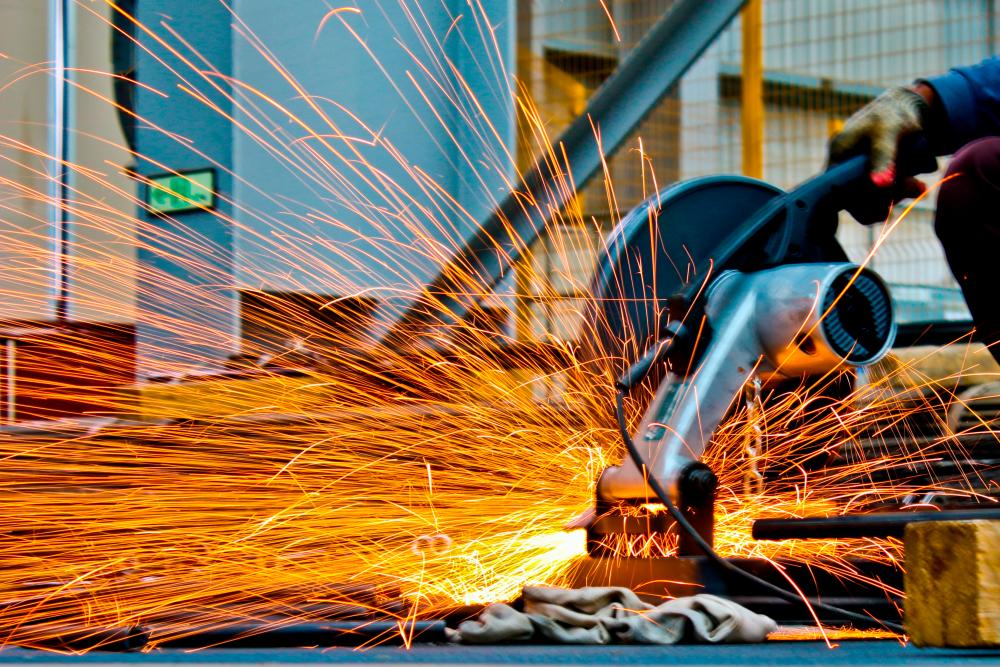THE Occupational Safety and Health (Amendment) Bill 2020 ((OSHA) of the Department of Occupational Safety and Health (DOSH) passed on Oct 27, 2021 is expected to be gazetted by the middle of this year. The amendment Bill would further promulgate self-regulation on safety and health in industries via the new provisions introduced in the amendments.
One such provision is in the new sections of 18a and 18b. In Section 18b, under “The duty to conduct and implement risk assessment”:
1. Every employer, self-employed person or principal shall conduct a risk assessment in relation to the safety and health risk posed to any person who may be affected by his undertaking at the place of work;
2. Where a risk assessment indicates that risk control is required to eliminate or reduce the safety and health risk, the employer, self-employed person or principal shall implement such control;
3. For the purposes of this section, “risk assessment” means the process of evaluating the risks to safety and health arising from hazards at work and determining the appropriate measures for risk control.
The provision basically requires the employer to carry out “Hazard Identification, Risk Assessment and Risk Control” (HIRARC) at the workplace. For this, the employer has to acquire the skill to carry out HIRARC.
With the implementation of HIRARC, it is anticipated that safety and health in workplaces would be effectively managed.
The Occupational Safety and Health Act 1994 promotes self-regulation. Industries are encouraged to monitor their adherence to legal and safety standards rather than rely solely on DOSH enforcement. Currently, self-regulation is only practised by companies mandated to employ safety and health officers (SHO).
Under the law, only industries that are classified as hazardous and employ more than 100 employees are required to have a SHO. The main duty of SHO is to implement a safety and health programme, with the aim of accident prevention. However, for companies without a SHO, safety programmes are grossly lacking.
Another new provision in Section 29a of OSHA requires an employer whose place of work is not mandated to have a SHO to appoint one of his employees to act as an occupational safety and health coordinator (OSH-C) if the employer employs five or more employees at his place of work.
The employee appointed as OSH-C has the duty to coordinate occupational safety and health matters in the place of work. The employee would be appointed as OSH-C after he has undergone OSH-C training from approved training providers.
In the past, the self-regulation initiative was not enthusiastically implemented by industries. The main reason was that some industries did not have persons knowledgeable to handle safety and health matters. This situation would change with the new provisions in OSHA, where almost all companies would either have a SHO or OSH-C to take charge of safety and health in the company.
We envisage in the coming years, DOSH would be able to see a gradual reduction in reported accidents as industries move towards better control of hazards and appointments of OSH-C. With that, more companies would be able to practise self-regulation in their workplaces.
Wong Soo Kan









